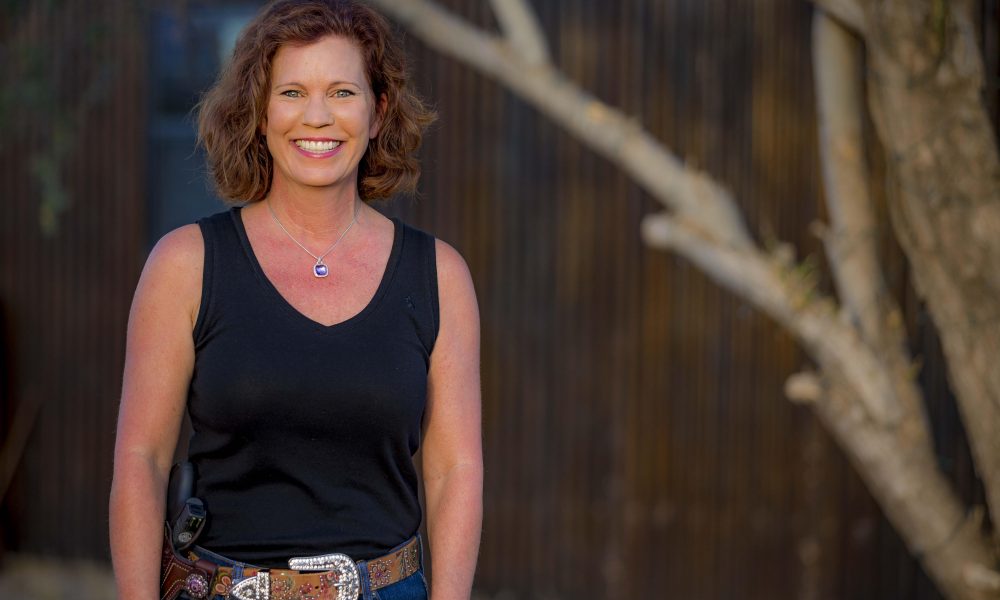


The time has come for me to retire and focus
entirely on family and fun!
All of us at The Well Armed Woman want to thank you for
the many years of support and encouragement.
It has been the honor of my lifetime to help educate,
equip & empower women on their journey as responsible
gun owners and self-protectors.
Gratefully,
